
A complete package for 1D to 3D pressure analysis and prediction. Combines geophysics, geology, rock-physics geomechanics, drilling data, and global analogs to build robust, geologically driven pressure and stress models. Quickly analyze pressure and stress data, integrate all offset well data, seismic data and geological data and assess the uncertainty within these models to gain greater insight into undrilled prospect areas.
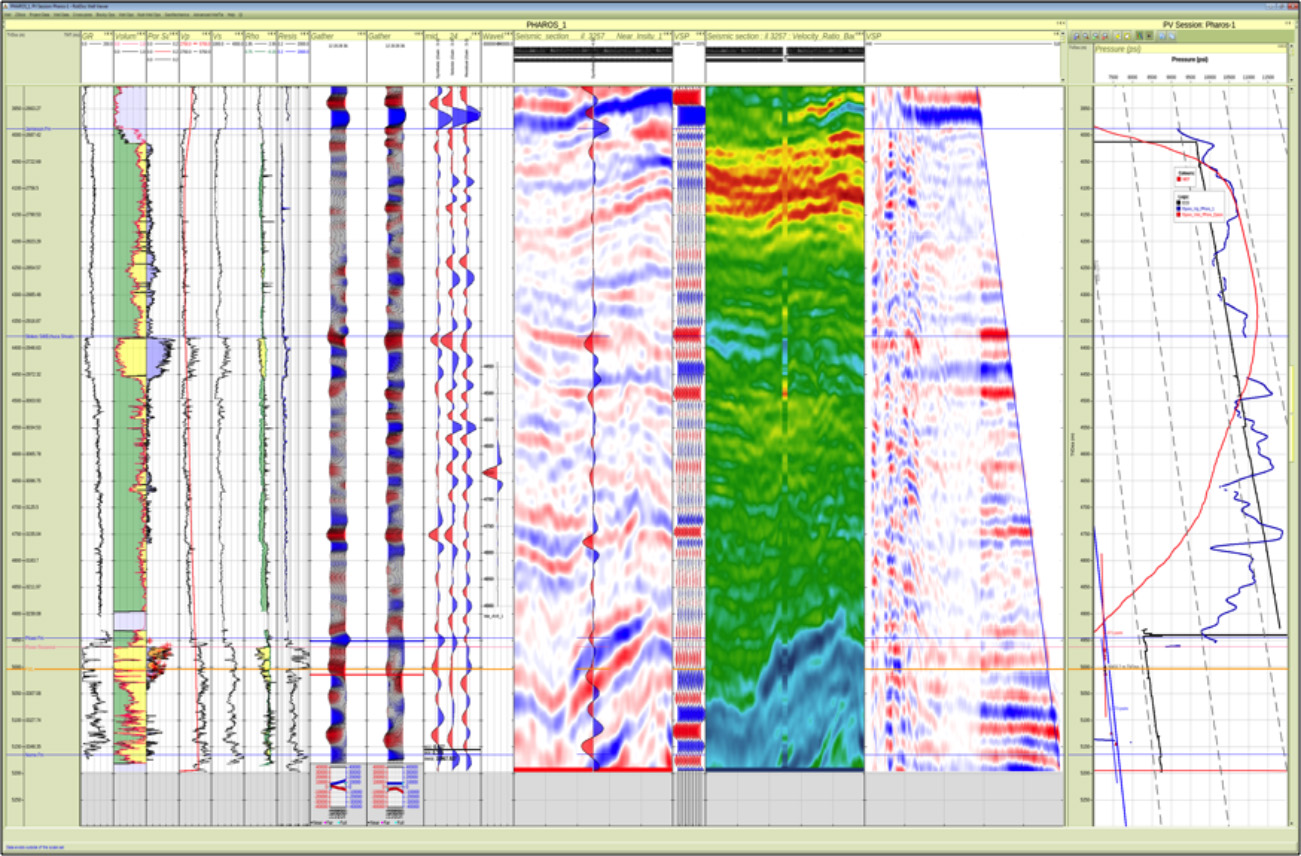
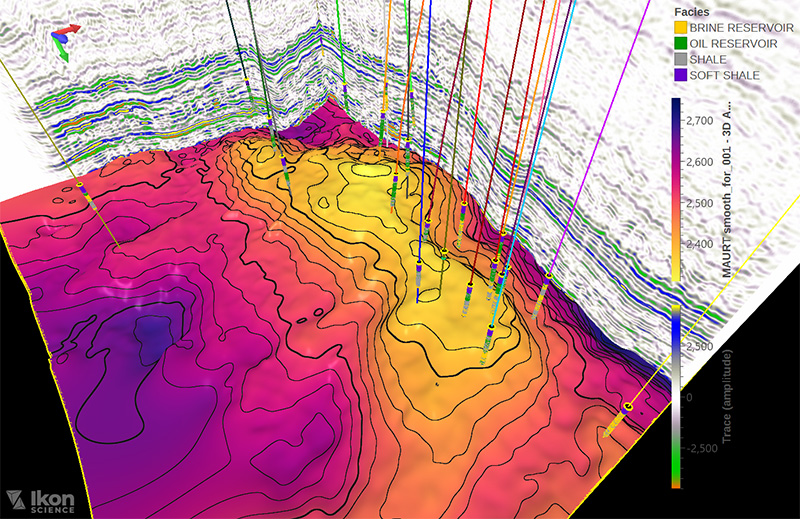
Propagate 1D models into 2D/3D using a wide selection of geostatistical and inversion models. Articulate decisions and maximize safety using best-in-class workflows to effectively communicate well planning and trajectory risks using a clear visualization environment.
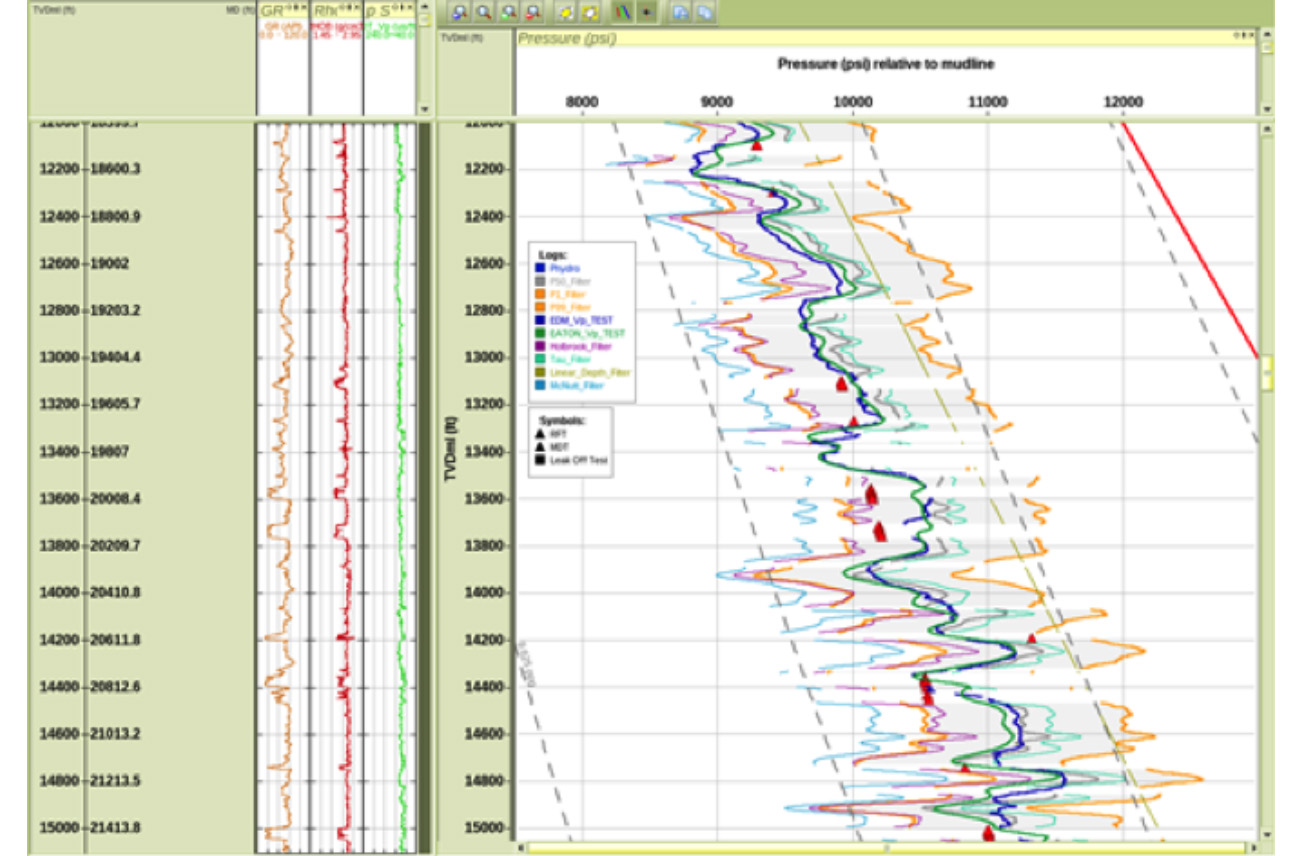
Challenge: Pore pressure prediction works best in areas where the sediments are young, rapidly deposited, contain similar clay content and are within low temperature environments much like those of Tertiary deltas. The ultra-deep water blocks of Cote d’Ivoire have additional geological complexities that therefore make pore pressure prediction more challenging such as, far offset wells outside survey area, high TOC clays, high geothermal gradients, high net-to-gross.
Solution: One of the key solutions to de-risk the ultra- and deep-water Blocks is to build a geologically sensible geopressure model. Such models rely on a detailed understanding of lithologies, facies and depositional models, e.g. the presence of deep-water turbidites, slope fan channels, stratigraphic pinch-out, and rotated fault blocks. The pressure model constructed must explain the current overpressure occurrences, taking into account the local geology and analogous areas (structure, stresses, temperature, basin history, sedimentation rates, and depositional architecture). Using the model we can then sense check any seismic velocity based interpretations.
Results: Accurate prediction of facies, reservoir properties and pressure. The well was complete on time and ahead of budget with best-in-class, non-productive-time (NPT).
.
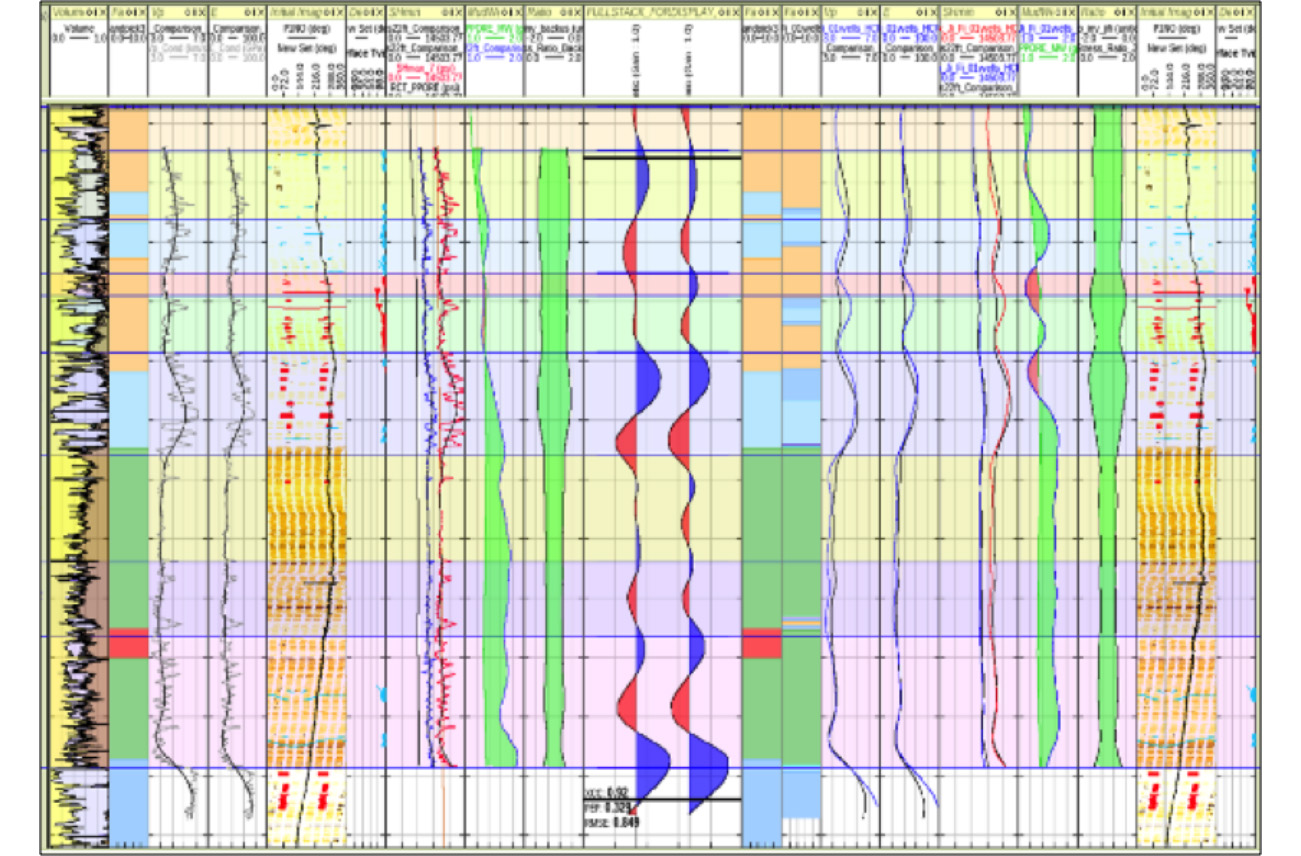
Understanding the stress state in the earth is of vital importance for well plan design, completions optimization, cap rock integrity, and wellbore stability. Finding a prospect is only part of the battle; safely drilling the well and optimising production is the end goal.
Accelerate learnings of rock mechanical properties and predict where and when those rocks will deform.
Interpretation of image logs for borehole breakouts, sedimentology and fractures. Interactive geomechanical model building, analysis and scenario modelling. Key features include; surface picking and image log conditioning, static-dynamic property calibration, wellbore stability, stereonets and more.
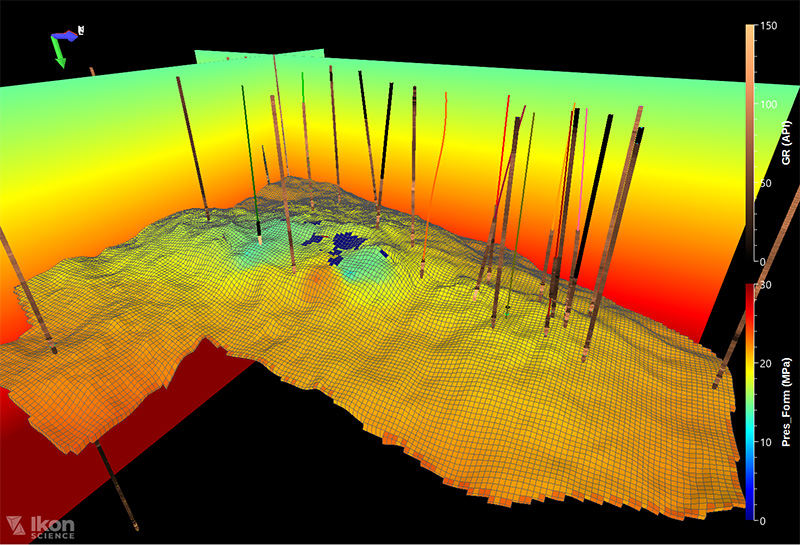
Pre-drill estimates of pore pressure are commonly derived from well log data and seismic velocity data assuming a velocity-to-effective stress transforms is appropriate. Some of the many challenges in performing predictions with seismic velocities is down to the quality, calibration, scale, extrapolation, and the geological environment that is present. If valid then these models provide useful and intuitive ways of communicating risks between assets and business units.
Effectively communicate pressure and stress related risks with multiple stakeholders
Develop 3D models for prediction of subsurface pore pressures away from well control. Key features include; 3D model building, zone-based overburden and normal compaction trends, seismic velocity calibration, stochastic pore pressure prediction, multi-realisation analysis and well planning.
Schedule a consultation with our experts to discuss how to extract better insights from your complex subsurface data.
Leverage our Services Team to help solve your subsurface challenges.